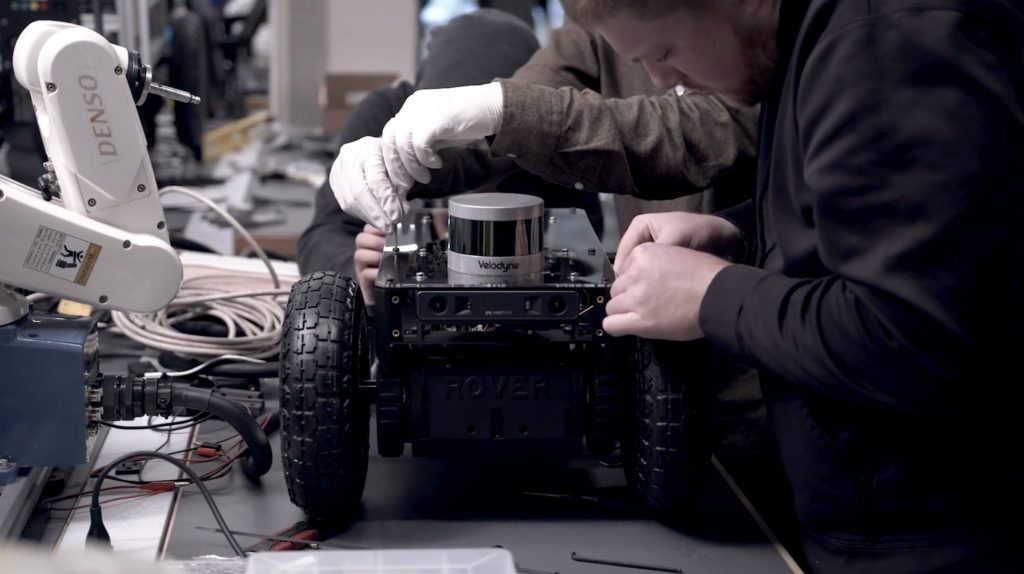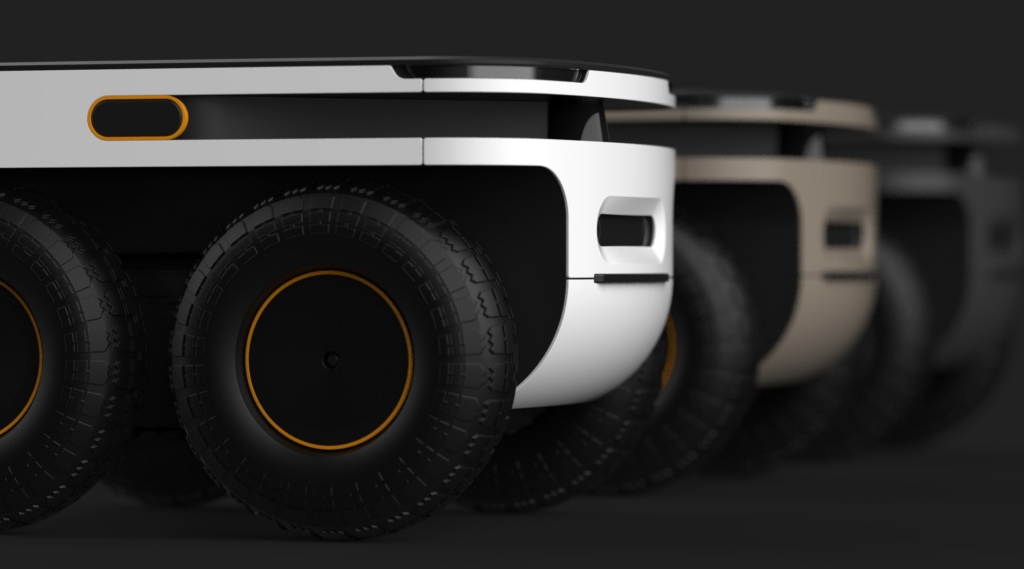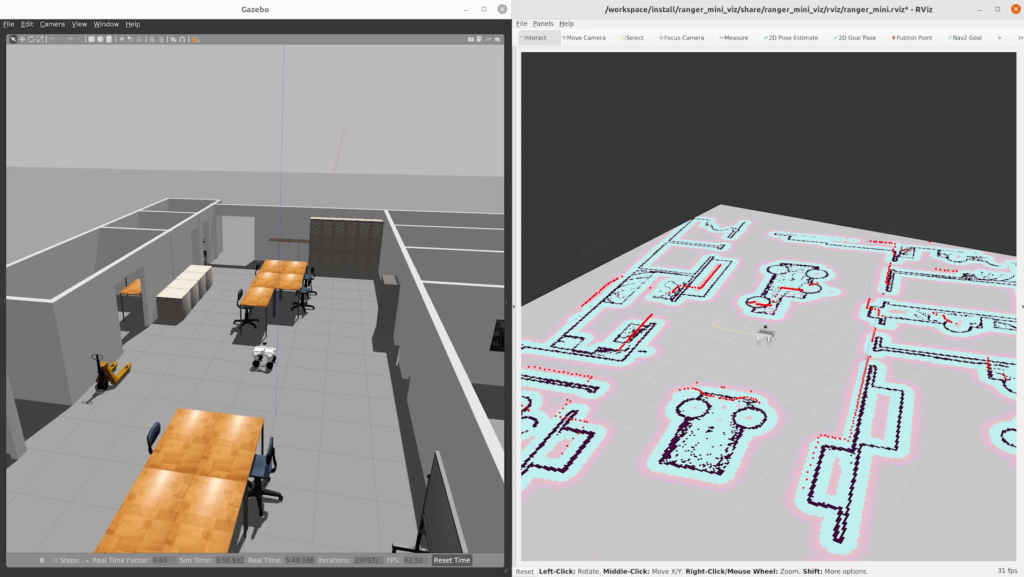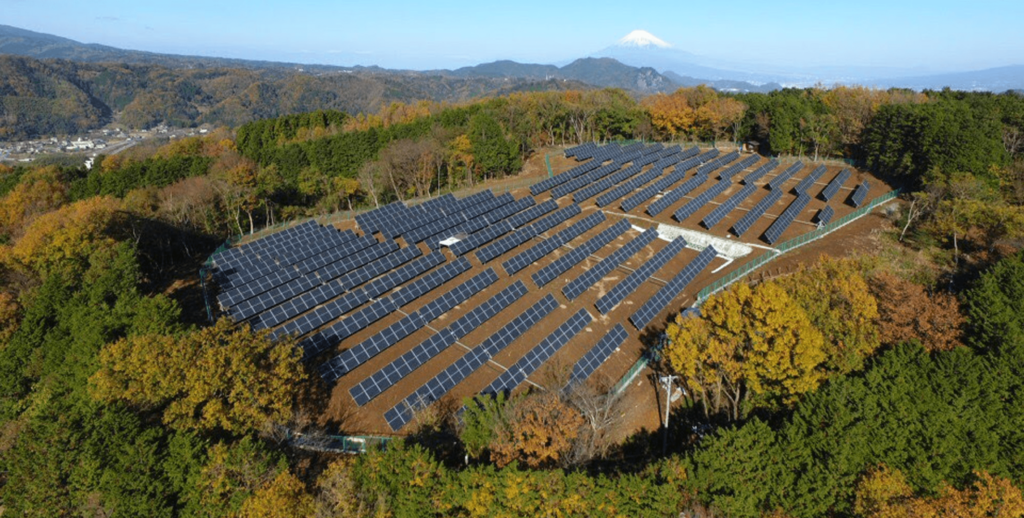Article
Principles of Design for Automated Manufacturing
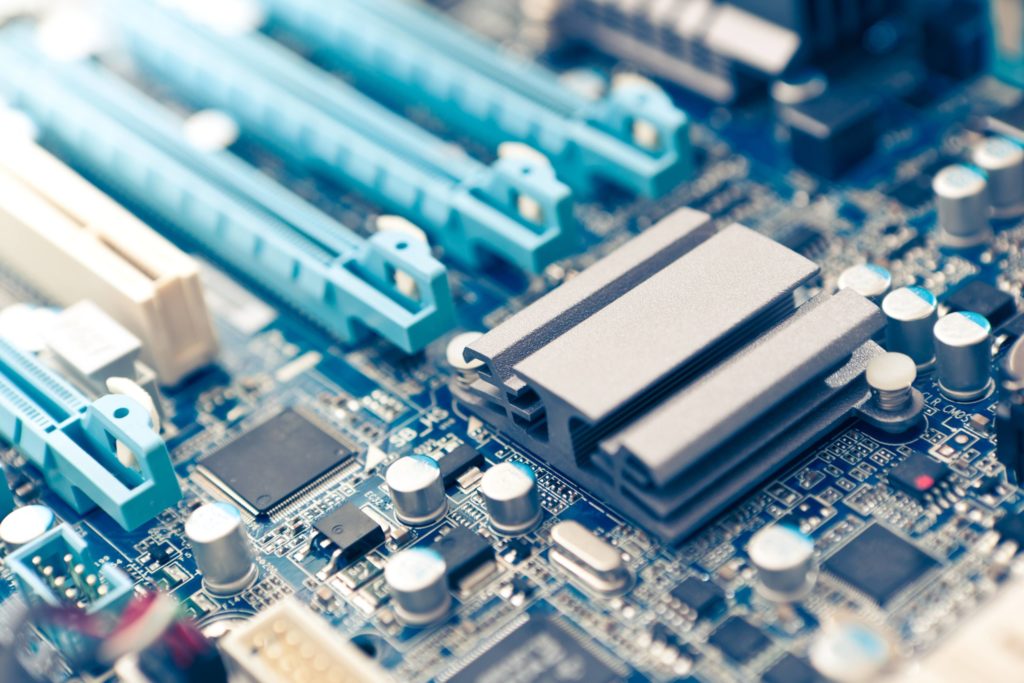
To enable success in achieving your design for automated manufacturing (DFAM) objectives and goals, we recommend creating thoughtful business and product requirements to inform your automation design processes. If you create a product that is suited for automation, you set yourself up for success down the line during the design of the automation equipment, product assembly, and test processes once the automation is deployed in the field.
The design for automated manufacturing and assembly of the product must be considered very early in the product development process.
Here are a few considerations of principles worth considering.
Key considerations for designing automation
The prospect of improving user experience, reducing operating costs, and boosting profits are compelling reasons for businesses to engage in automation. While it can be an excellent solution for many, one must make several vital considerations for design automation that could make or break a project. Here’s a look at a few principles worth looking into!
Product planning based on business
Developing a product using design automation is not a decision to be made by engineering teams or product development professionals alone. Understanding the complete requirements, including business needs, marketing strategy, and lifecycle requirements, are essential in planning a product ripe for automation-based assembly.
The fundamentals of your market play a significant role in determining whether or not you should automate. For example, if you try to automate a new product as a startup attempting to capture market segmentation, automation might not be ideal, especially without proven results.
Instead, automation reduces the demand for human intervention during repetitive tasks, not for products that require quick iterations to meet market expectations. That’s why it’s vital to comprehend the intended lifecycle and product volume while considering the ROI of capital investments in automation.
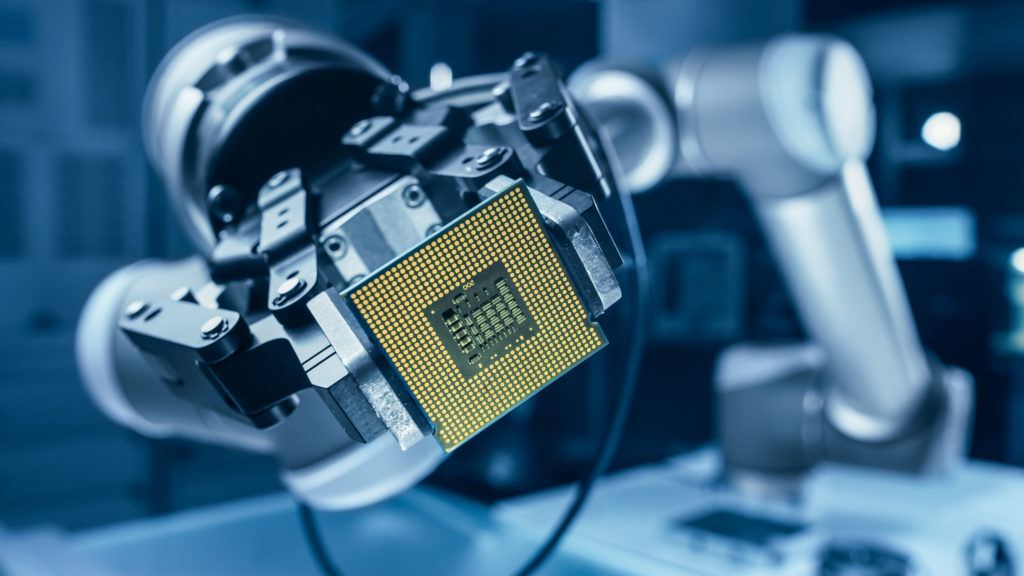
KPIs and operational metrics
For any robotic manufacturing process, you should establish an essential set of performance indicators (KPIs) and operational metrics to establish benchmarks and measure the performance of automated systems.
Common KPIs, such as first-time yield, will not provide a complete picture of the status of a given system. To maximize your automated systems, consider implementing some of the following metrics into your manufacturing process:
- Overall equipment effectiveness – How efficient are the machines on your assembly line? OEE is a calculation that shows equipment’s effectiveness versus its maximum capabilities.
- Velocity – How long it takes automated systems to execute processes. Velocity allows you to visualize if automation tools are faster than manual processes.
- Accuracy – Automation should be more accurate and quicker than humans.
- Break-fix cycles – The metric measures how often automation technology breaks. Along with break-fix hours, you can determine if you are receiving adequate ROI or losing money.
Also, establish other KPIs that support your business objectives early in the development process. Having these metrics planned early will allow you to set expectations for the system with your team or any integration partners.
These metrics are often critical in automation development for determining when the equipment is ready to be deployed or accepted for delivery, functioning as expected, or when something isn’t working correctly in regular operation.
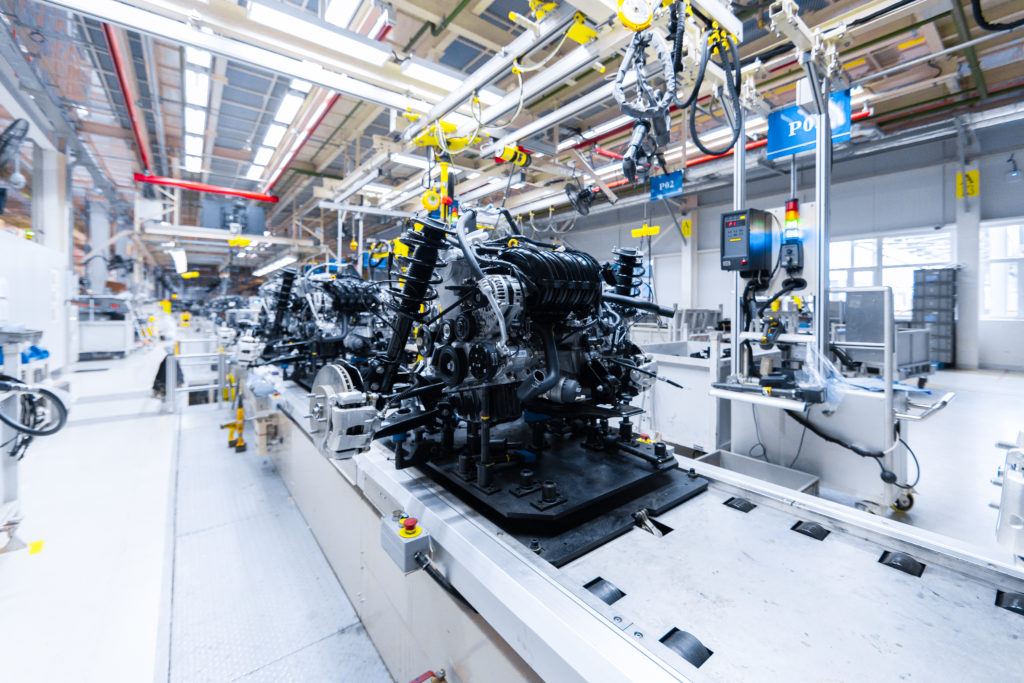
Gripping solution development
A gripper is an end-of-arm tool (EOAT) or end effector, such as a robotic hand that attaches to a robotic arm that interacts with the environment. Grippers are an essential component in the automotive assembly process, where throughput increased thanks to accurate mechanical clamps, hands, and suction cups.
While grippers found a home in the automotive industry decades ago, humans remained ideal for assembly processes that require handling small and fragile objects or components that would take a robot a lot of time to assemble. However, constant advancements in gripper tech bring robotic grippers closer to the natural movements of human hands.
Robotics and simple griping solutions can be rather rudimentary, as they often lack any sophisticated sensing and feedback network akin to the nervous system in humans. During the automation design phase, you can make special considerations to equip components with vision systems, sensors, or specialized materials to allow for reliable detection.
Nest positioning and crowding
A successful automated workflow requires precise control over the interaction between components. Parts must first serve their intended function and also fit within the framework of unit processing. Therefore, reducing error tolerances also reduces operating costs and waste.
During manufacturing, machines or workers position parts in a fixture called a nest. These nests are 3D models, tools, cradles, or pockets that hold parts in specific orientations. This process involves a concept known as “crowding” or positioning components against a predetermined accurate location in space to help eliminate positional errors.
The nesting and crowding methodologies work well in automated systems, which run on consistency. These systems can reliably function when operating within tolerances established during product design, prototyping, and testing phases. Plus, it’s the first place to look when issues arise and you need to troubleshoot.
You may find that operational failure results from positional variations within the system. These variations can be in the nest, the manufacturing path, or within the processed component. Established tolerance variation can signal when something shifts and creates operational delays.
Value add and product cost
During every stage of the design process, you should have a solid knowledge of the value of materials and manufacturing, development, and engineering time in terms of labor dollars. This intimate knowledge will allow you to calculate the overall value of components and the assembly process as you progress into a finished product.
A strong understanding of the value of materials and labor will help you determine where to focus efforts. These efforts may involve troubleshooting, process development, and material recovery strategies or initiatives.
System flexibility
Organizations that configure high-speed automated systems have specific equipment, precision, and operation requirements. Often, this high-speed automation demands precise position control through the manufacturing or assembly process. While robotic operations are adaptable to changes in part velocity or position, they may operate slower.
Even in the most high-speed systems, complete automation isn’t necessary for every workstation. Effective use of people and artificial intelligence reduces technical risk and high costs while providing an elevated level of flexibility throughout the process.
Plans for challenging and unknown processes
When automation seems like the right decision, there will still be many unknowns and risks to address throughout the process. In some situations, no matter how well executed, there might be stations or strategies that just do not work as planned or up to the desired operational efficiency requirements.
That’s why it’s ideal to always have a backup plan. This backup plan may entail including extra space in a station for additional operations, locations for offloading parts, or starting with a manual process until you resolve any technical challenges.
The automation supply chain
Are you building a single test or assembly station that you will load by hand? If so, you are done. You will grab your product, place it carefully into the station and perform the assembly process or test operation. But you will need to consider the staging of any materials that teams need during the process and how workers install or place components.
However, in more complex processes, material staging, supply, and flow are massive challenges to address efficiently. You must consider product velocity and manufacturing timeframes to ensure materials are ready on the assembly line in logical and satisfactory amounts.
Once you establish adequate supply levels of materials, you must determine how workers will supply those materials to the automated system. Depending on the requirements in positioning and the tolerance for variation, your system’s organization and methods must be predictable.
The challenge of material staging and presentation in high-rate automated systems is as critical as the assembly process itself. The process can be expensive and significantly impact the supply chain without proper preparations to standardize production and positioning.
Plans for data, metrics, and more
What will you do with all the data and metrics you are collecting and beginning to store? You’ll need to have a plan for data management. Ask yourself: how much data will you gather? What type of system is collecting the data and making it useful from an operational standpoint?
During the product development phase, you must consider dashboards, data reporting, cloud access, remote reporting, long-term data storage, and retention. Cloud-based solutions are an excellent option for storing, retaining, and allowing access to mission-critical applications. But you also need to consider the sensitivity, privacy, and security of proprietary data.
Receive holistic manufacturing automation solutions with Fresh
Designing automation is an involved process that takes the consideration of many factors in being successful. From product planning and gripping solutions to value and system flexibility, essential conversations, questions, and debates should occur within your senior leadership team to determine if, when, and how automation can benefit the organization.
Once you decide to make the leap, you want to work with a design firm that exudes technical know-how and customized interactions. At Fresh, our holistic approach starts with a deep-level consultation to completely comprehend your needs, wants, and considerations. Give us a call to explore your next automation design and see how experts handle even the most complex systems!






